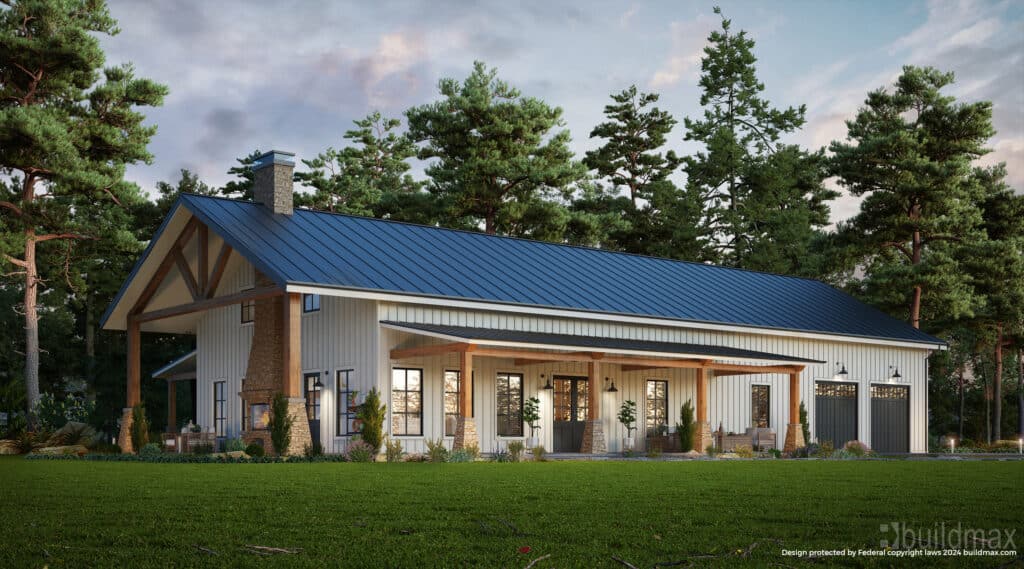Why Barndominiums Face Challenges in California
Barndominiums, are popular and cost-effective housing options in many parts of the United States, encounter unique challenges in California. Despite their growing popularity elsewhere due to their affordability and versatility, California’s strict building codes and zoning regulations present significant hurdles for those wishing to construct a barndominium in the state. Here’s a closer look at why these distinctive homes face restrictions in California.
Strict Building Codes
California is known for having some of the strictest building codes in the country, primarily designed to ensure safety, energy efficiency, and accessibility. These codes include:
1. **Seismic Safety**
Given California’s high seismic risk, buildings must adhere to rigorous earthquake safety standards. Traditional barndominium designs, which often utilize prefabricated metal structures, may not always meet these stringent seismic codes without significant modification and additional engineering.
2. **Fire Resistance**
California also has strict fire codes, especially in areas prone to wildfires. Building materials and designs must withstand fire hazards to a degree that traditional, steel-framed barndominiums might not without special treatments or additional protective measures.
3. **Energy Efficiency**
The California Energy Code requires buildings to meet specific standards for energy conservation. The traditional metal construction of many barndominiums may not provide sufficient insulation to meet these requirements without extensive modification, which can negate some of the cost advantages.

Zoning and Land Use Restrictions
Zoning laws in California are particularly stringent. Barndominiums, often associated with rural and agricultural settings, might not fit easily into the zoning categories recognized in various Californian counties
1. **Urban vs. Rural**
While rural areas might be more amenable, urban and suburban regions often have restrictions that can prevent the construction of barndominiums, categorizing them as non-traditional and unsuitable for the neighborhood aesthetics or planning guidelines.
2. **Land Use Regulations**
In agricultural zones, which might seem ideal for a barndominium, regulations may stipulate that buildings must be primarily used for agricultural purposes. A dwelling that looks like a barn but used solely for residential purposes might not comply.
Environmental Considerations
California’s environmental regulations are among the most rigorous in the United States. These regulations aim to protect the diverse ecosystems but can complicate the building processes for any new construction, including barndominiums.
1. **Impact Assessments**
Potential environmental impacts must be assessed and mitigated, which can be a complex, time-consuming, and expensive process for potential barndominium builders.
2. **Water Use and Management**
In a state where water use is a critical issue, large residential constructions like barndominiums may face additional scrutiny regarding how they manage and consume water resources.
Cultural and Market Factors
Finally, the cultural perception and market readiness for barndominiums in California might also play a role. Californian architectural tastes traditionally lean towards either high-tech, modern designs or classic styles that blend with the local landscape and history. The often utilitarian aesthetic of barndominiums may not appeal as broadly in such markets.
While barndominiums offer many advantages, such as cost-efficiency and flexibility, the regulatory environment in California poses significant challenges that can deter individuals from choosing this style of home. Anyone interested in building a barndominium in California should be prepared for a potentially lengthy and costly approval process, requiring modifications to meet local standards for safety, energy efficiency, and environmental protection. Despite these challenges, with the right planning and adjustments, it may still be possible to introduce this innovative housing option to the Californian landscape.














